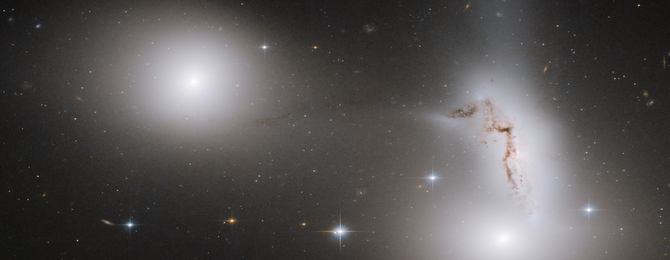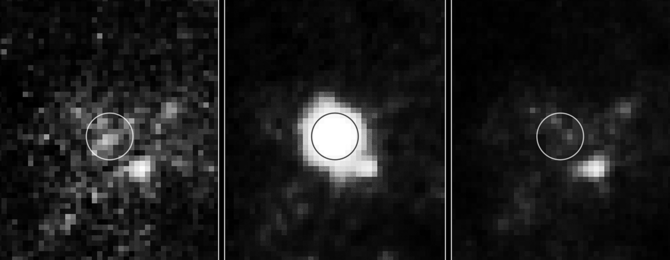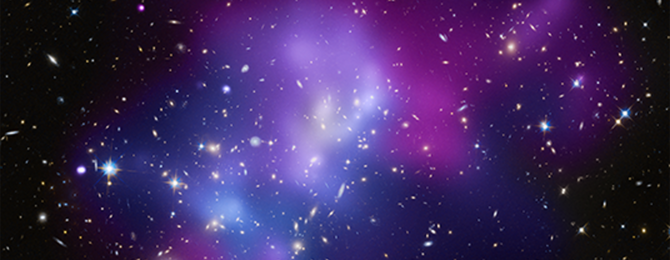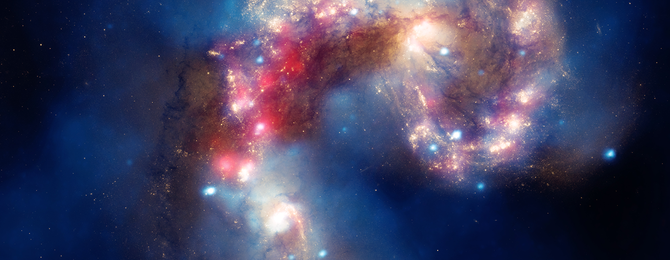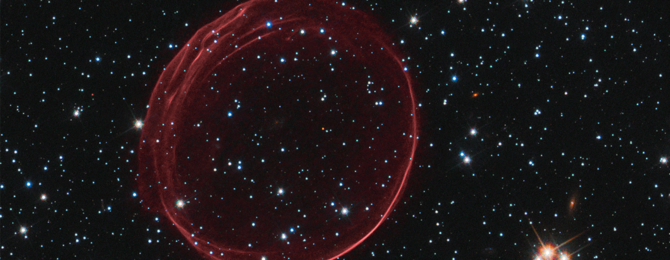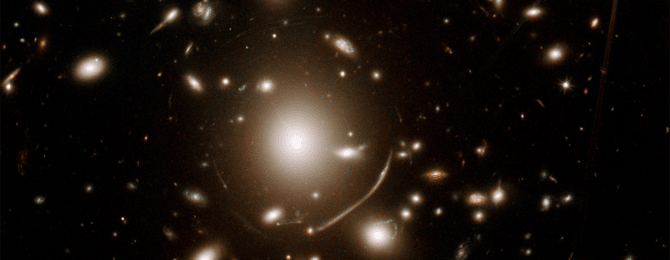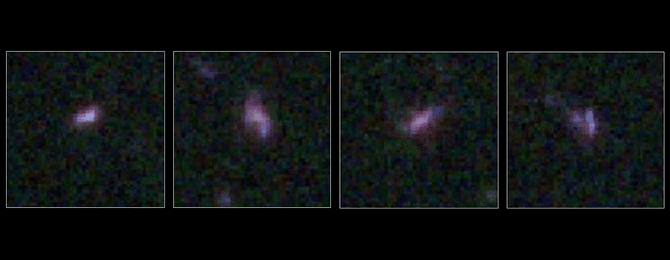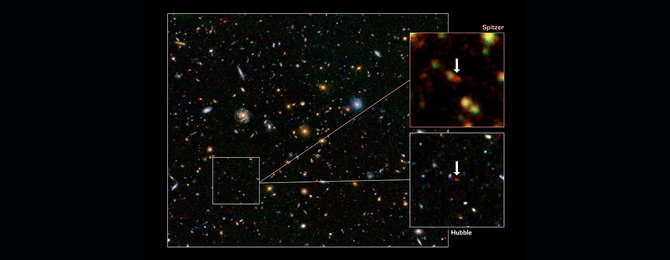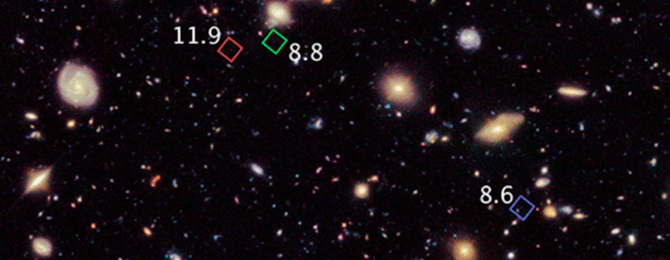Robby
Helper Bot
NASA's Great Observatories Celebrate the International Year of Astronomy with a National Unveiling of Spectacular Images
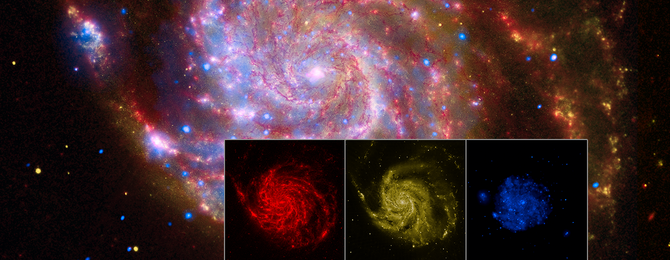
In 1609, Galileo first turned his telescope to the heavens and gave birth to modern astronomy. To commemorate four hundred years of exploring the universe, 2009 is designated the International Year of Astronomy. NASA's Great Observatories - the Hubble Space Telescope, Spitzer Space Telescope, and Chandra X-ray Observatory - are marking the occasion with the release of a suite of images at over 100 planetariums, museums, nature centers, and schools across the country in conjunction with Galileo's birthday on February 15. The selected sites will unveil a large, 9-square-foot print of the spiral galaxy Messier 101 that combines the optical view of Hubble, the infrared view of Spitzer, and the X-ray view of Chandra into one multiwavelength picture.
The International Year of Astronomy Great Observatories Image Unveiling is supported by the NASA Science Mission Directorate Astrophysics Division. The project is a collaboration between the Space Telescope Science Institute, the Spitzer Science Center, and the Chandra X-ray Center.
(More at HubbleSite.com)

In 1609, Galileo first turned his telescope to the heavens and gave birth to modern astronomy. To commemorate four hundred years of exploring the universe, 2009 is designated the International Year of Astronomy. NASA's Great Observatories - the Hubble Space Telescope, Spitzer Space Telescope, and Chandra X-ray Observatory - are marking the occasion with the release of a suite of images at over 100 planetariums, museums, nature centers, and schools across the country in conjunction with Galileo's birthday on February 15. The selected sites will unveil a large, 9-square-foot print of the spiral galaxy Messier 101 that combines the optical view of Hubble, the infrared view of Spitzer, and the X-ray view of Chandra into one multiwavelength picture.
The International Year of Astronomy Great Observatories Image Unveiling is supported by the NASA Science Mission Directorate Astrophysics Division. The project is a collaboration between the Space Telescope Science Institute, the Spitzer Science Center, and the Chandra X-ray Center.
(More at HubbleSite.com)

